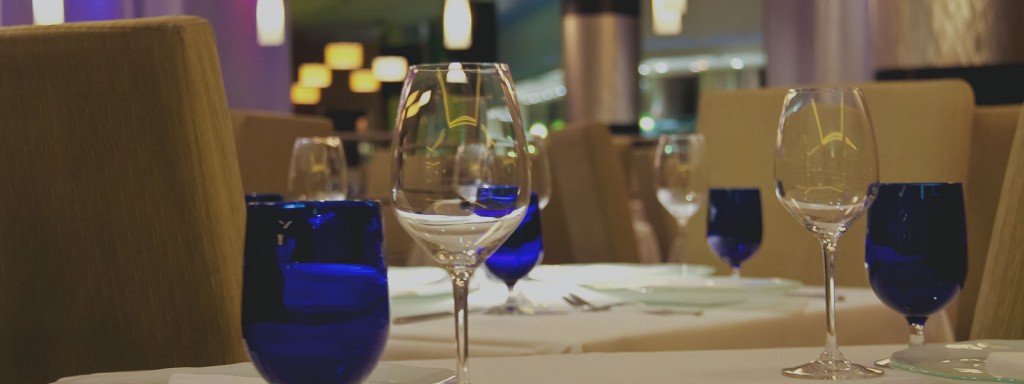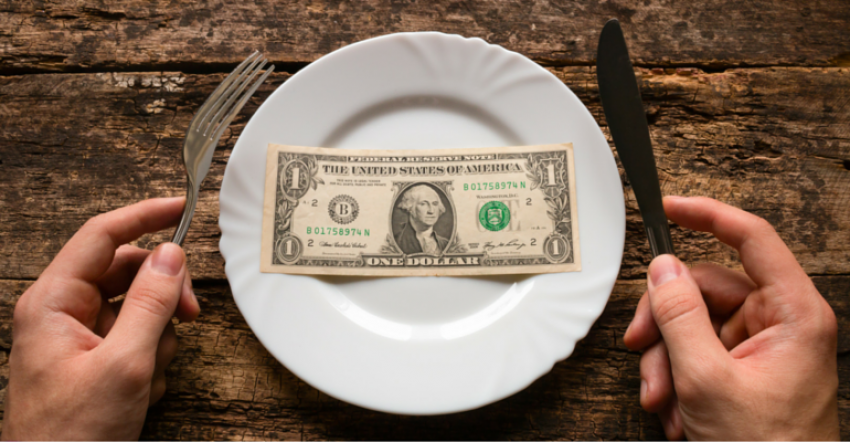Food and Beverage is a relative term concerning a large part of the hospitality industry, and what goes into the development of these critical aspects of the bar and restaurant business involves much more than typical startup costs. Whether a corporate bar & bistro, or a privately owned sports pub, the controls used to keep the bar and food costs in check is crucial for overall success.
According to a study performed by Ohio State University, 80 percent of bars and restaurants fail within the first five years of operation. This is generally due to poor management, advertising and other factors, but having to do more directly with a poor understanding of overall financial operations specific to food and liquor cost controls. However, implementing appropriate cost controls greatly increase the likelihood of a successful business.
Control methods are placed in a variety of areas and ways, and typically this all starts with an accurate inventory and ordering system. Inventory systems are all unique to the business owner or general manager, but adhering to these simple principals will ensure a business owner stays on top of his or her financial system:
- Maintain accurate price point lists for ordering. Some vendors update their price list weekly, and it is important to be aware of any rise in costs on products that you regularly purchase. New prices need to be updated in the business cost tracking software to ensure that embedded formulas properly calculate cost each week.
- Ordering should be performed consistently on the same day(s) each week. This ensures budget integrity and that daily operations keep running properly.
- Track usage throughout the week each day via end-of-day inventory. This ensures that your usage is maintaining a specific par level, and no surprises occur when opening the next day.
- Each week take a detailed inventory of all food and beverage usage and enter the values into a WOS (Weekly Operational Summary) spreadsheet. Though you can calculate this on your own, office spreadsheets are set up with formulas specific to the prices goods are purchased for and for the amount of usage. After inventory all values are entered and the software calculates your weekly operating cost, labor cost, food cost and liquor cost.
Though this is only a small part of bar and restaurant cost controls, having an accurate and dependable inventory and ordering system will indicatively show what other controls need to be utilized.
For example, after inventory you may notice a spike in liquor cost over the week. In this case, a monitoring system may need to be implemented specific to the bar and bartenders. This could mean installing a controlled pouring system, such as the use of jiggers only or an electronic pour count system. Video surveillance of the bar can also be used to monitor the bartender’s habits just in case a theft issue is suspected.
When administrating cost controls for back-of-house (BOH) operations, pay specific attention to portion control. In doing so, several control methods may be used:
- Ensure proper utensils are being used to portion food items. You don’t want to be using a 10 ounce ladle for a 5 ounce portion.
- Pay attention to waste. A moderate amount of spill waste is expected, but it is imperative to keep an active record of all waste as this is deducted from profit. Implementing a consequence for excessive waste will aid in mitigating loss.
- Downsize where appropriate. Complimentary services such as bread and butter dishes can be downgraded (or in some cases eliminated altogether) to an efficient portion to prevent high food cost. Use small, inexpensive butter chips in place of raw or whipped butter cups, and consider half the portion of bread or only offer such amenities alongside specific menu items.
Without proper cost controls, any business is likely to fail. While you don’t want to restrict your employees to a rigorous, boot camp style work environment, no matter the controls implemented, they must be adhered to on a routine basis for the overall financial success of any business.





